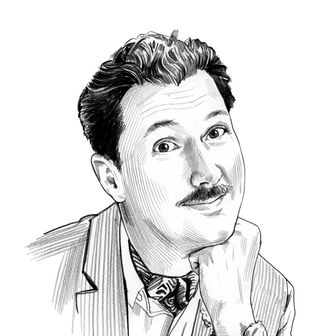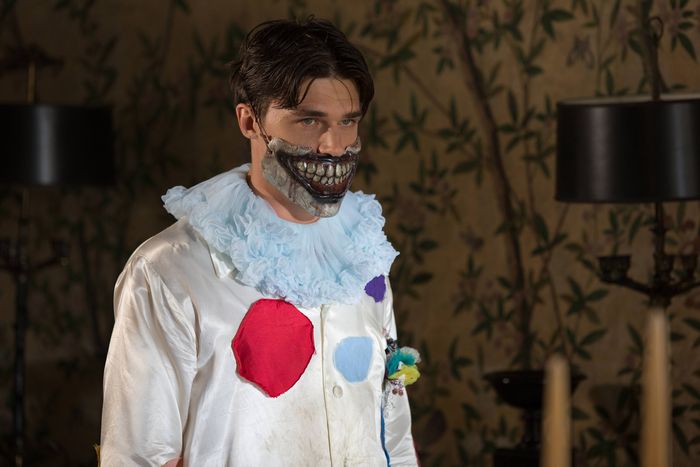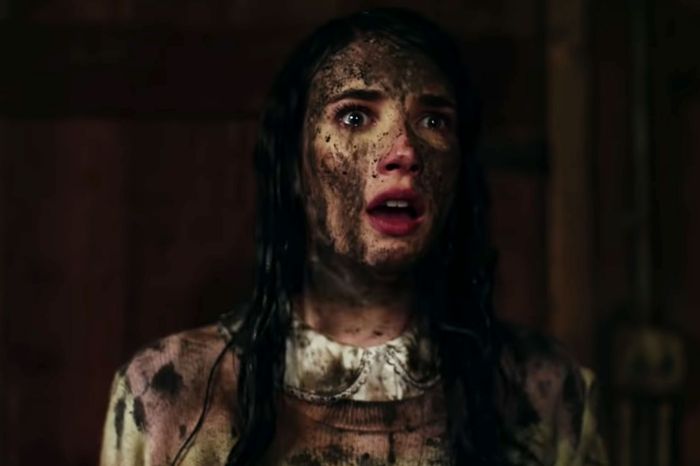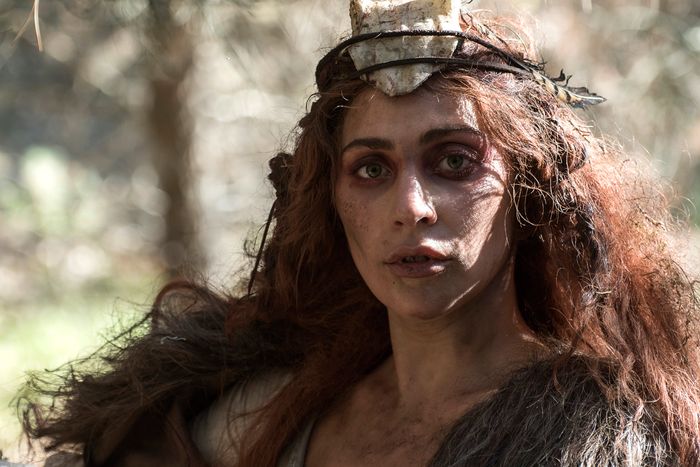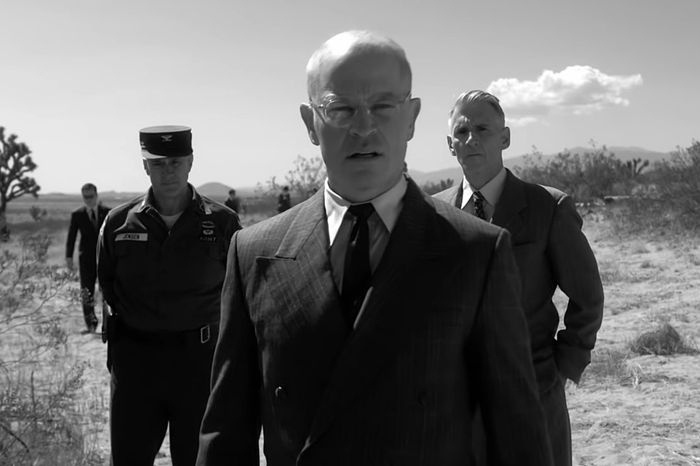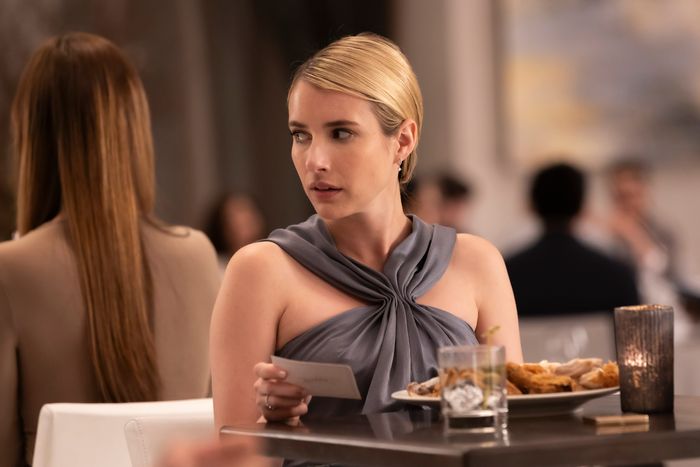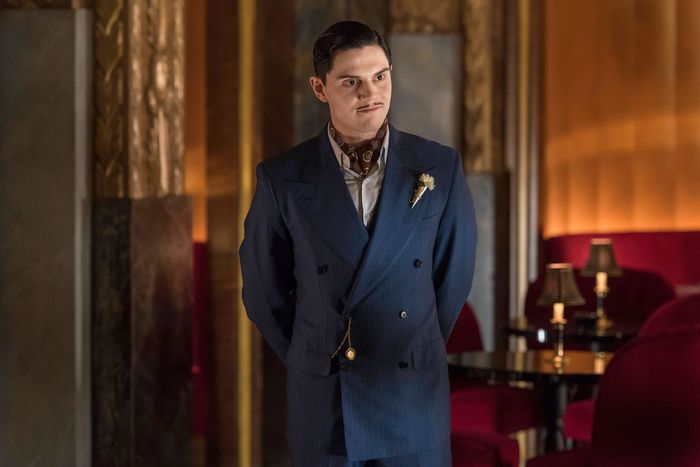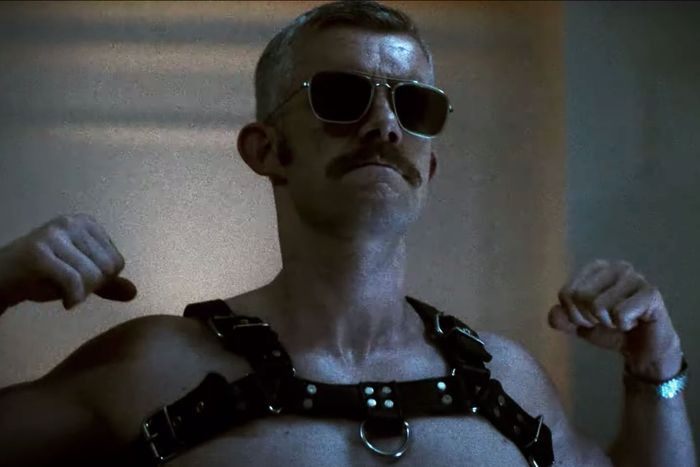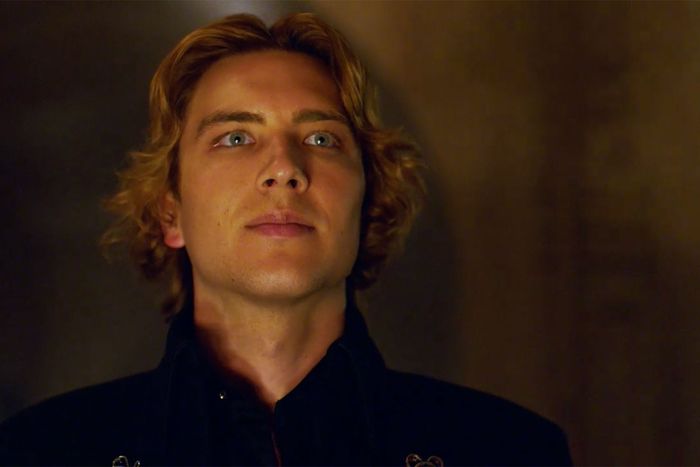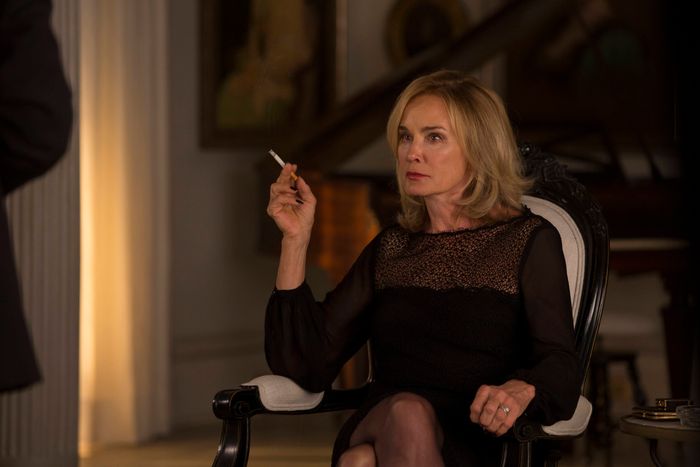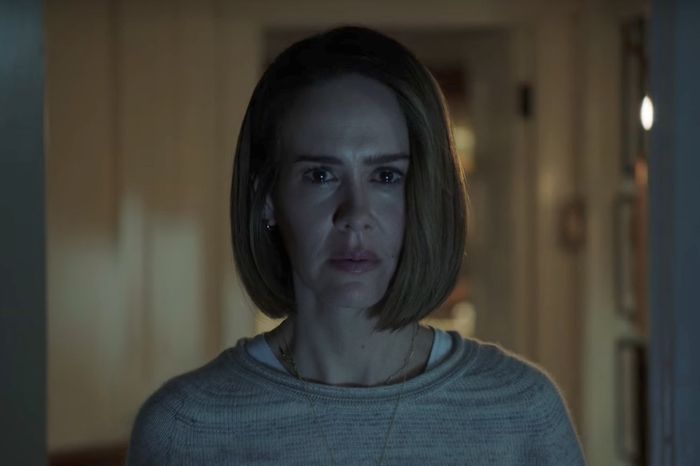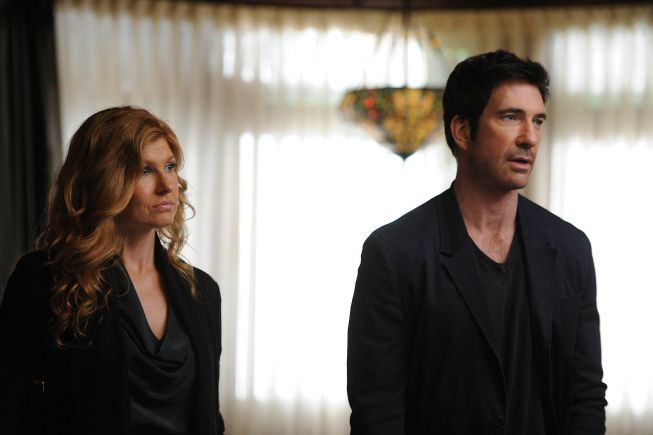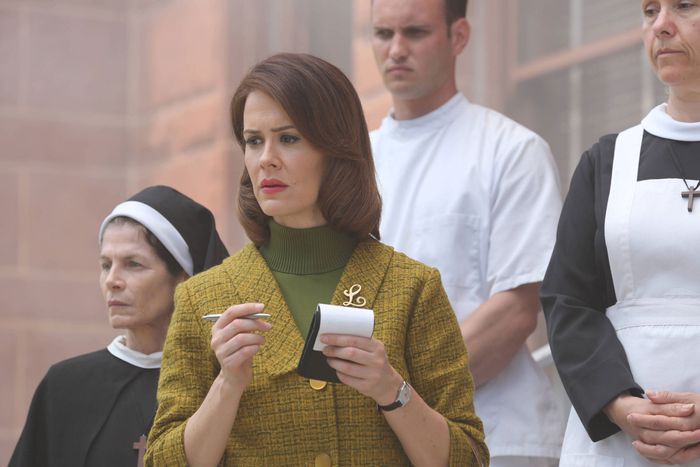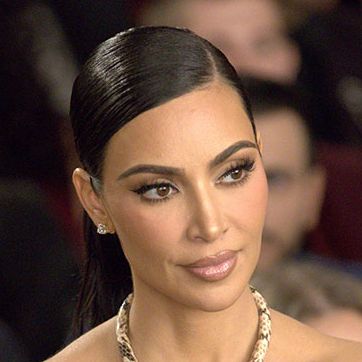
This list was originally published on June 18, 2018. We’ve updated it to include new seasons, including American Horror Story: Delicate.
When comparing the seasons of most long-running television dramas, it’s like comparing apples to apples: You’ve got the same characters, the same actors, and the same locales. Even if the stories change, the show generally keeps working with the same stuff. But with American Horror Story, the show that launched a thousand anthology series, comparing seasons is like comparing apples to a basement full of monsters created by a psychotic doctor in the basement of a murder house.
Let’s try anyway! Each American Horror Story season is so vastly different from the others that its positives and negatives really stand out, like a lobster-clawed freak in a conservative Florida town. Even if they’re not totally equal, looking at each season this way allows us to figure out why they worked, why they didn’t, and why they (sometimes) went off the rails. Here’s a complete ranking of the best, worst, and scariest that AHS creators Ryan Murphy and Brad Falchuk have to offer.
12. Freak Show (Season 4)
The funny thing about Freak Show is that it had the best first episode of any AHS season: It featured Twisty the Clown (John Carroll Lynch) murdering a pair of picnicking ’50s sock-hoppers, then capped off with Elsa Mars (Jessica Lange) doing a anachronistic performance of the David Bowie classic “Life on Mars.” But man, was it all downhill from there. Freak Show gave us a different villain every week, whether it was Twisty; Edward Mordrake (Wes Bentley), a two-faced man who returns every Halloween to harvest souls; the closeted strongman Dell Toledo (Michael Chiklis); Stanley (Denis O’Hare), the guy who wanted to kill the freaks and put them in a museum; the insane magician Chester Creb (Neil Patrick Harris); or Dandy Mott (Finn Wittrock), a sociopathic rich kid who always got his way. In the end, it was all just too confusing and annoying to enjoy. Freak Show was basically a “spin-wheel trick” that hit the woman every time, even though she was never the target.
11. 1984 (Season 9)
This had all the markers of a classic AHS season — John Carrol Lynch lumbering around as a murderous camp-maintenance worker, Leslie Grossman playing a crazy person who survived a massacre, an appearance from actual serial killer the Night Stalker (played here by Zach Villa), and hot gay dudes making out in period costumes — but it never quite clicked. American Horror Story’s homage to Friday the 13th and Nightmare on Elm Street and other early-’80s horror sensations seemed like it wasted the whole first half of the season just watching people wandering from cabin to cabin trying to not get killed — but, like, not in a fun way. There was a daffy Scooby-Doo energy that either needed to be fully leaned into or abandoned completely but, much like every girl to survive a horror movie, AHS never went all the way. At the end of the day, it seemed like the only person having fun this season was the costume designer.
10. Roanoke (Season 6)
This season gets points for trying, but that’s about it. The first five episodes of Roanoke were disguised as My Roanoke Nightmare, a cheesy TLC-esque reality show about a couple who barely survived a year in a house full of spirits and monsters. The show-within-a-show premise let AHS create dramatic reenactments of its various horrors — including two killer nurses, predatory spirits, and the cannibalistic meth dealers who live next door — and the season’s back half blurred the lines even further by putting the “real” people and the actors who played them back in the house for a reunion special called Return to Roanoke: Three Days in Hell. It was interesting to see how the manufactured horrors of the first “show” compared with the real horrors of the second “show,” but other than that, both parts of Roanoke dragged for way too long. Want to know why the Roanoke Colony disappeared? It’s because they got bored and changed the channel.
9. Double Feature (Season 10)
When it was announced that the theme for this season would be a “double feature” of two unrelated story lines, it seemed like we would get two half-baked season ideas slapped together — and that’s exactly what happened. The first half of the season, Red Tide, features Finn Whitrock as a Stephen King–esque writer who traps himself, his wife, and his young daughter in Provincetown for the winter to write a screenplay. There he encounters regarded scribes Austin Sommers and Belle Noir (Evan Peters and Frances Conroy at their campy best), who lure him into becoming a blood-sucking, pill-popping fame addict. At six episodes, it was at least three too many and the whole time was entirely expected. If part two, Death Valley, had been fully formed and its own season, it could have been 3 or 4 on this list. A pastiche of American conspiracy theories — Area 51, Stanley Kubrick directing a fake moon landing, the Kennedy assassination — it switches between the ’50s and modern day, where hot college kids are abducted to give birth to an alien brood. But the real standout of this half is Sarah Paulson’s reimagining of Mamie Eisenhower, who has sex with an alien robot, lives forever, and invents both birthdays and the microwave oven.
8. Delicate (Season 12)
This will forever be known as the Kim Kardashian season and, you know what, she actually does a decent job. She plays Siobhan Corbyn, the bitchy publicist trying to help former teen queen Anna Victoria Alcott (a series best Emma Roberts) win an Oscar while carrying a baby who may or may not be related to Rosemary’s. The season starts out strong, with Anna struggling with her career, her fertility, her possibly cheating husband (Matt Czuchry), an invasive mother-in-law, men not believing that she has a stalker, and doctors believing there’s something physically wrong with her. In other words, initially the season’s biggest horror is (gasp) trying to be female in the modern world. However it soon becomes trite and repetitive, with Anna spending too much time in her basement playing with dolls and devouring a raccoon corpse. As everything spirals out of control and becomes about immortal cultists snacking on babies it reaches an unsatisfying conclusion that doesn’t do justice to its feminist beginnings or Kim K’s delightfully campy line readings.
7. Hotel (Season 5)
Like so many AHS seasons, a whole picture doesn’t quite emerge when you step back to look at Hotel. It gave us a long search for a serial killer (who was obviously Wes Bentley’s Detective John Lowe), Lady Gaga’s glam vampire living in the hotel penthouse with her romantic peccadilloes, an addiction monster that anally raped junkies, a reclusive millionaire who killed people for sport, and a heavy-handed critique of people who don’t vaccinate their children. This thing was a mess, but it was stylish as hell. Who can forget bald drag queen Elizabeth Taylor (Denis O’Hare) as her dress fluttered down an art deco hallway, or Gaga and Matt Bomer coated in the blood of the couple they just killed after sex, or the two models kept alive in neon art installations that drained their blood? Hotel was like a sumptuous music video that never ended. It was all surface and no substance, but man, what a surface.
6. NYC (Season 11)
From the outset, it’s obvious the serial killer after gay men in 1980s Manhattan and Fire Island is a personification of AIDS. (A conceit done better in Stranger by the Lake.) Once viewers figure that out, there isn’t much mystery or suspense as gay reporter Gino (Joe Mantello) tries to hunt down the killer with the help of his closeted cop boyfriend (Russell Tovey) and the newly out Adam (Charlie Carver). But there is joy to be found in the season even if there’s no mystery — the sexiness of pre-AIDS New York, the harnesses, the hot pants, the mustaches, the Patti LuPone singing in a bathhouse. As it takes on a host of gritty movies from the time period (obviously Cruising, less obviously Longtime Companion), it seems like we know just where the season will end. And then there is a huge shock, an amazing double-part finale that is both the most tragic in the AHS oeuvre and also showcases some of the most evocative experimental filmmaking ever seen on cable TV.
5. Apocalypse (Season 8)
The promise of bringing the witches of Coven together with the Antichrist born at the end of Murder House was irresistible to fans and proved to be a boon for the creativity of the show. The tone of Apocalypse rediscovered the fun, bloody camp of Coven, but this time with killer robots, murderous Silicon Valley nerds, and loony Satanists in the mix. The return of AHS favorites like Jessica Lange, Lily Rabe, and Angela Bassett certainly helped too. Apocalypse even went so far to fulfill the promise of its title by actually blowing up the world with dozens of nuclear bombs in the season premiere. But thanks to a deft time-traveling spell, that promise was revoked by the finale. The entire trajectory of the season was sadly reversed as if it never happened, leaving us with another Antichrist and the prospect of doing this silly dance all over again.
4. Coven (Season 3)
Was Coven good in the same way that The Wire or Mad Men is “good?” No. Was Coven horrendously enjoyable? Um, do burning fashion witches shout “Balenciaga!” when they’re roasting at the stake? Almost entirely devoid of male characters, this season about superpowered witches was a camp extravaganza. It deserves a high praise just for the wigs and costumes alone, not to mention Angela Bassett’s terrific performance as Marie Laveau, a voodoo witch with an ax to grind. The problem with Coven was that every character could be brought back from the dead, so there was little to no drama in any battle, but with all the bitchy quips, catfights, and Kathy Bates’s wisecracking severed head, no one minded all that much.
3. Cult (Season 7)
When Ryan Murphy first announced that he would be making an AHS season based on the 2016 presidential election, there were eye rolls galore. However, what he delivered was the much-needed political satire. The only AHS season not to delve into the supernatural, Cult was a keen observation about how anger can change politics and how fear can be leveraged to gain power. It was, by far, the most coherent and concise AHS season in recent memory, which is all the more remarkable because it found a way to include radical feminist separatist Valerie Solanas, cult leader Charles Manson, and a Michigan lesbian whose descent into madness starts because she committed the scariest crime of all: voting for Jill Stein. Yes, it took Donald Trump to make American Horror Story great again.
2. Murder House (Season 1)
When the top-tier cast members of the first season — Kate Mara, Connie Britton, Dylan McDermott — started dropping like flies, the audience had no idea what to expect. How was AHS going to survive when its stars kept getting killed off? After the finale, when Murphy and Falchuk announced the show would be back in a totally different form for season two, it blew just about everyone’s minds. That final twist notwithstanding, Murder House was a quality season that used the haunted house as an allegory to tell the story of a family ripped apart by grief and infidelity. The gimp monster, the little critters that rattled around in the basement, and Dylan McDermott in various states of undress are images no one will soon forget.
1. Asylum (Season 2)
The second season of American Horror Story is its pinnacle so far. Asylum tells the story of Lana Winters (Sarah Paulson), a ’60s journalist investigating the abuses at a New England insane asylum, who ends up getting committed to the very asylum she is covering. There she runs afoul of Sister Jude (Jessica Lange), the stern nun who runs the place; Bloody Face (Zachary Quinto), a serial killer who serves as its main psychiatrist; and Dr. Arden (James Cromwell), a Nazi war criminal who may or may not be Dr. Josef Mengele. Oh, and let’s not forget about the aliens that might be visiting the patients. Somehow, all of these crazy plots coalesced to tell a story about how people cast out from society — gays and lesbians, sex-positive women, and people in interracial relationships — can be victimized by the institutions that try to contain them. Also, Jessica Lange performed “The Name Game,” which was genius.


